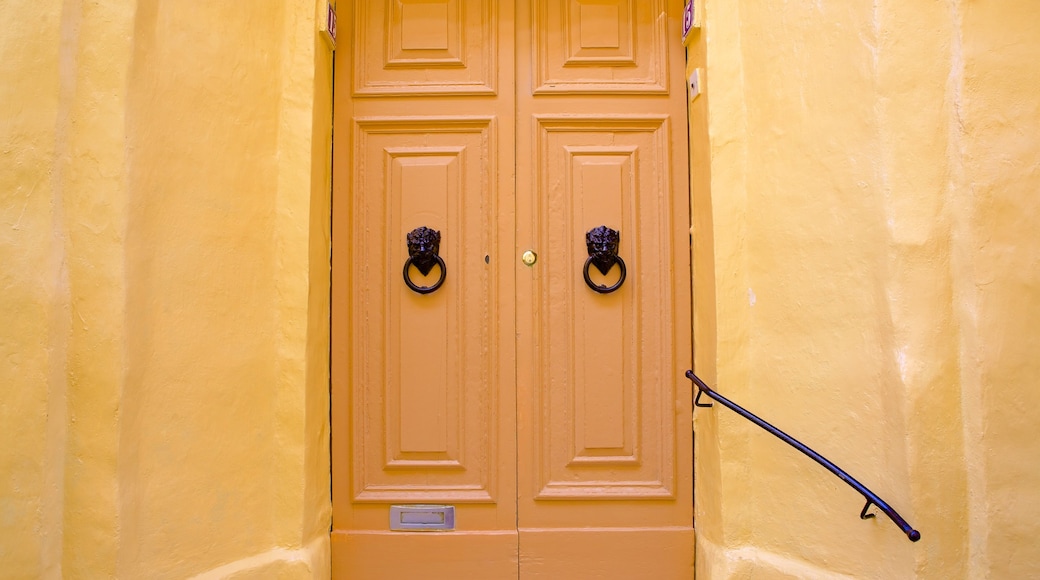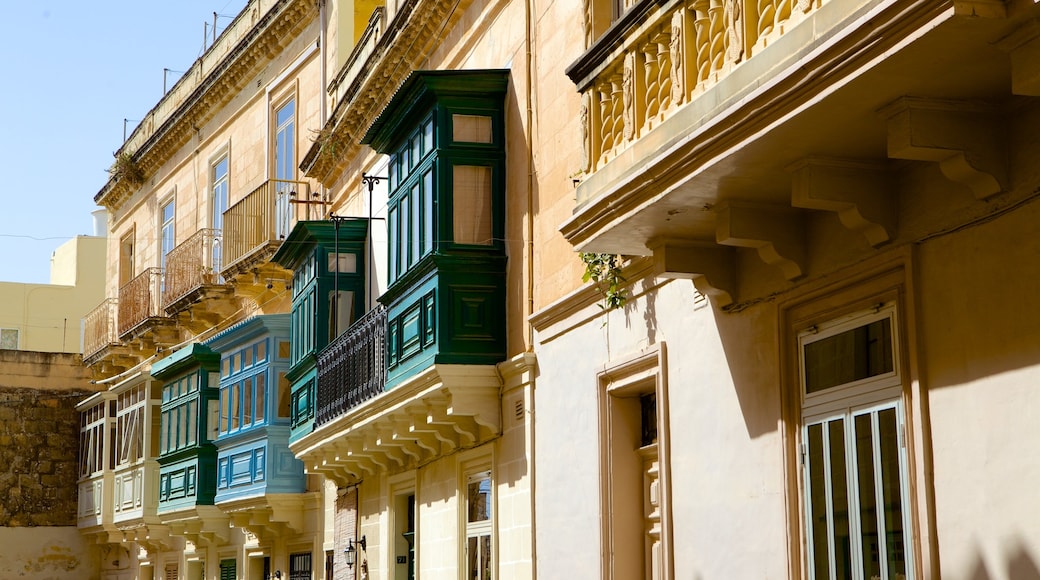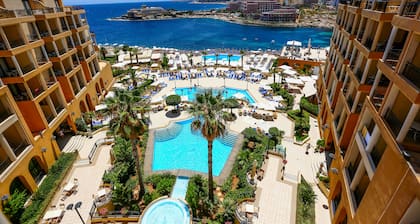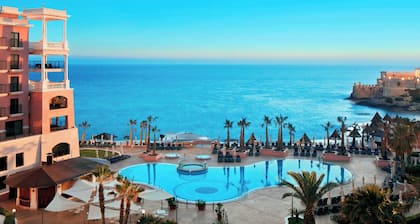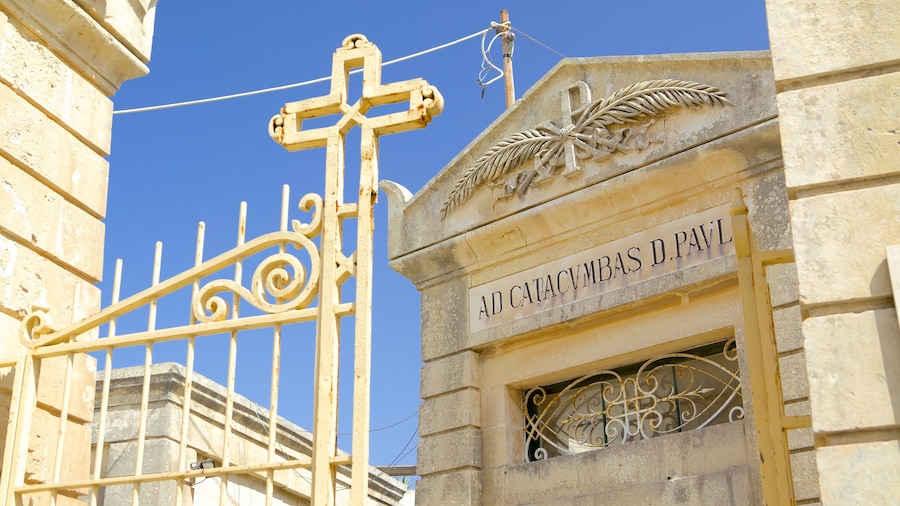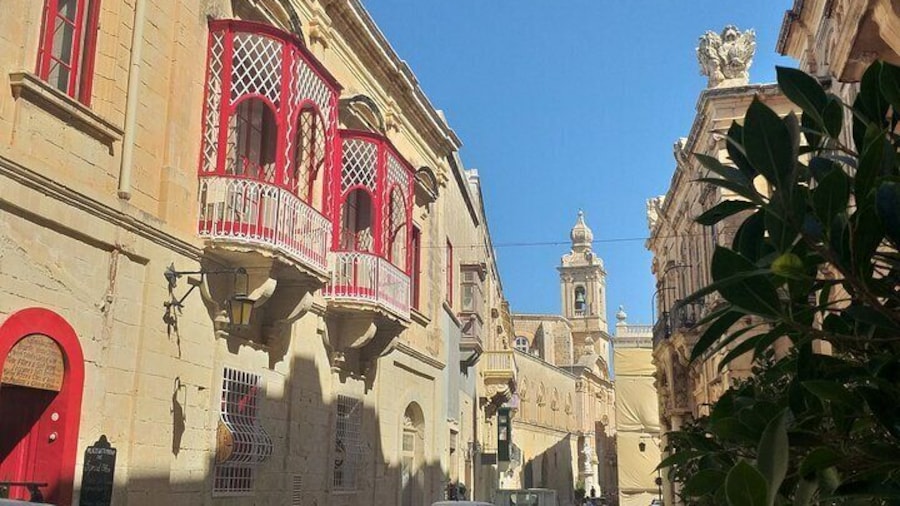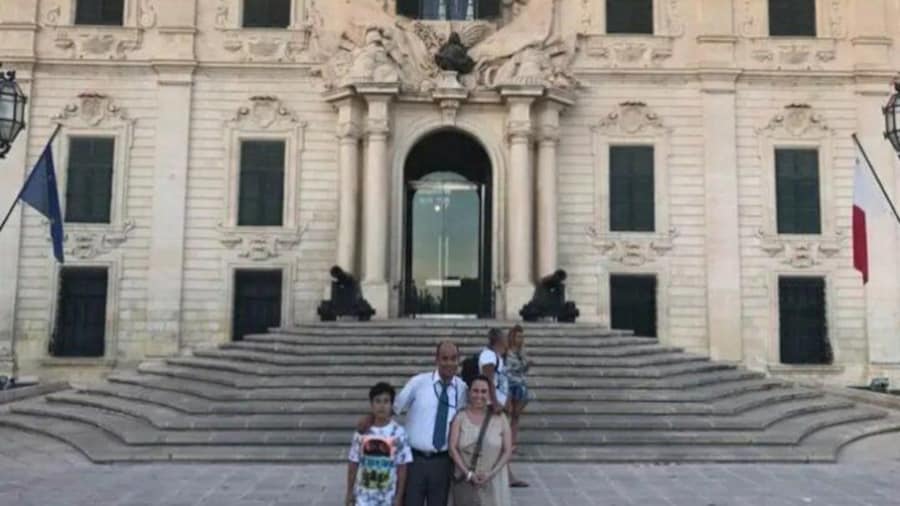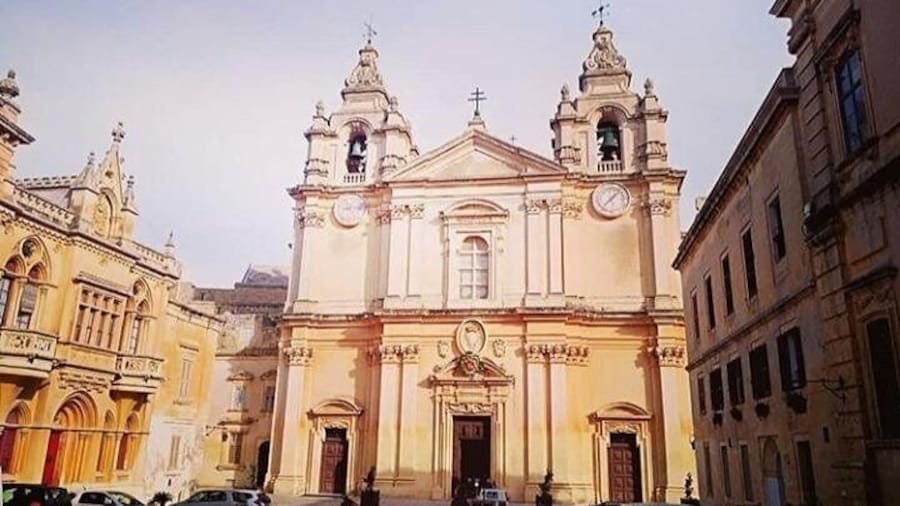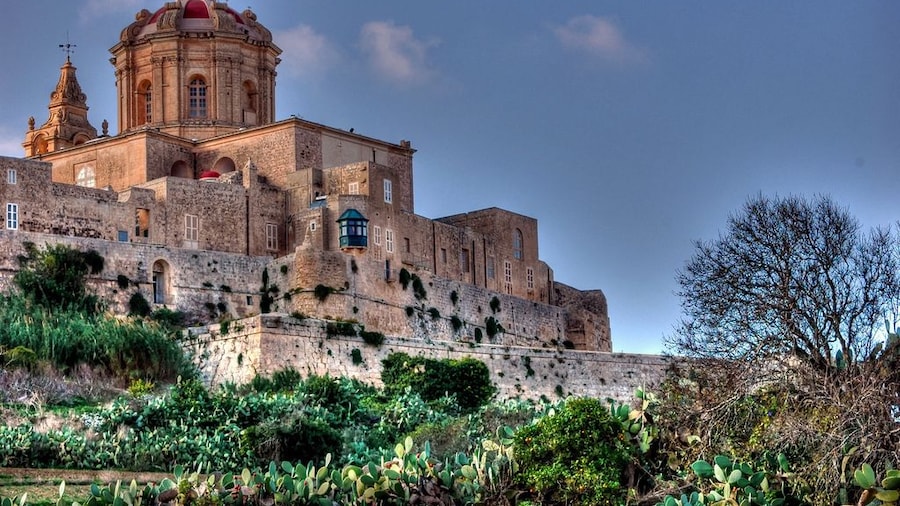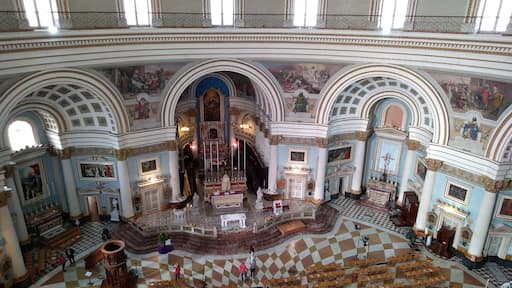Rabat, meaning “suburb” in old Arabic, was once the outer limit of the walled city of Mdina. An ancient city with a history that dates back to the Roman period, Rabat has plenty to offer archaeological and history adventurers. The compact city offers a range of exciting historical sights all within walking distance of one another.
Start your day with fresh strawberries from the nearby farms and set out to discover Rabat’s rich cultural history. Check out the Roman Museum, a rebuilt Roman villa with a range of cultural artifacts on display, including mosaics and sculptures.
Immerse yourself in Malta’s early Christian history at St. Paul’s Church, a charming 17th-century church built on the site of St. Paul’s Grotto. According to the Bible, the apostle Paul and his missionaries took refuge in the grotto after their ship was wrecked off the coast of Malta. Explore the church’s catacombs and take the eerie underground passage through to Wignacourt Museum, a former palace that now houses a collection of paintings, antique silverware and religious relics in beautiful baroque halls.
Discover St. Paul’s and St. Agatha’s catacombs, two sets of Ancient Roman cemeteries in the center of Rabat. Rent an audio guide at St. Paul’s and wind your way around the gloomy tombs. Across the road, check out St. Agatha’s, another set of catacombs that were also used as a World War II hideout. Explore St. Agatha’s Catacombs and Museum with one of their helpful guides on a scheduled tour and see a selection of ancient frescoes and archaeological artifacts.
Stop by Dingli, a small village about 1 mile (2 kilometres) southwest of Rabat, to see a spectacular sunset from the steep cliffs out to the open sea.Rabat is located 1 mile (2 kilometres) outside the walls of Mdina on the island’s western side. Visit Rabat any time of the year to enjoy its Mediterranean climate, but if you want to avoid peak tourist season, visit between September and May.


